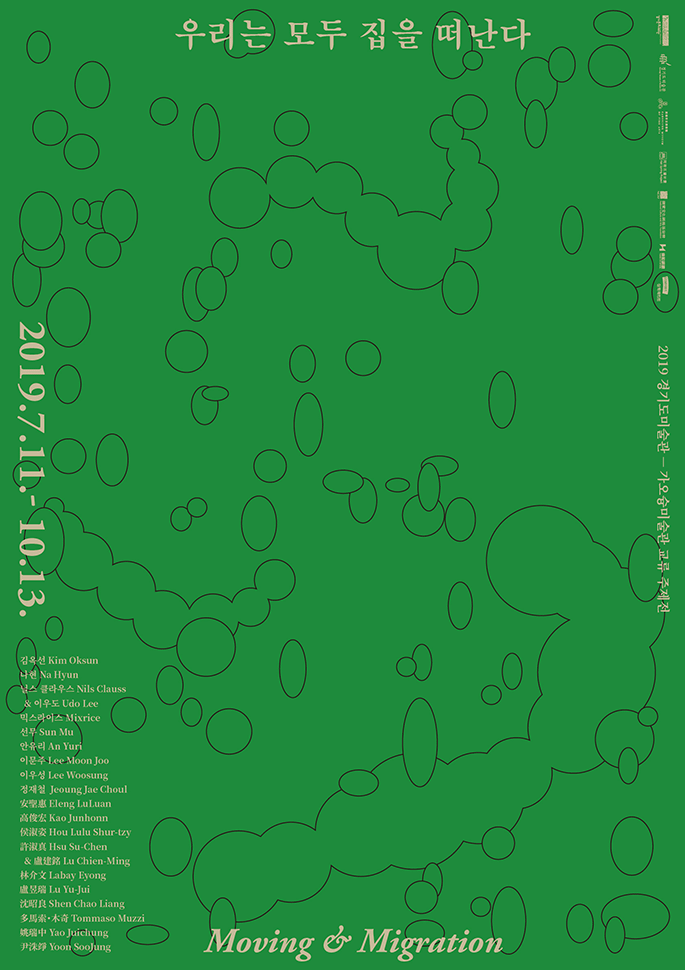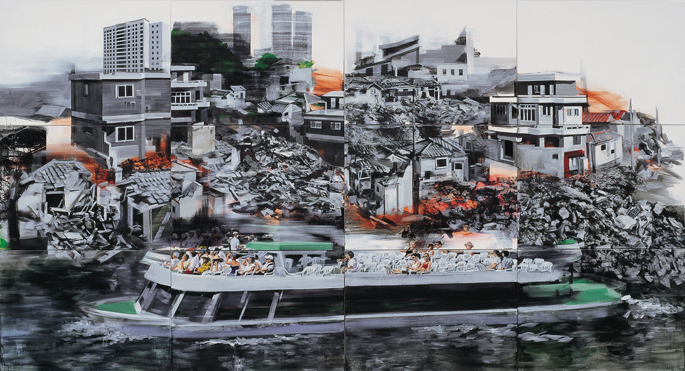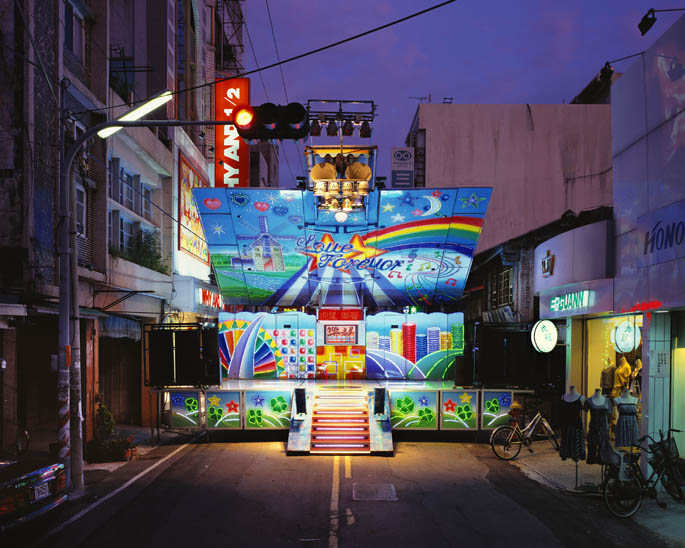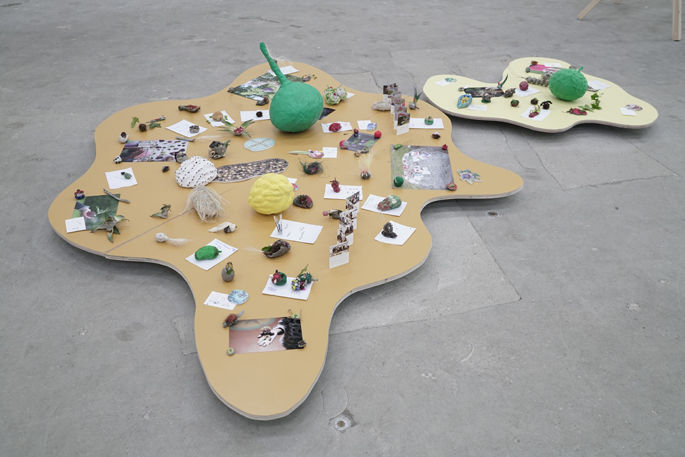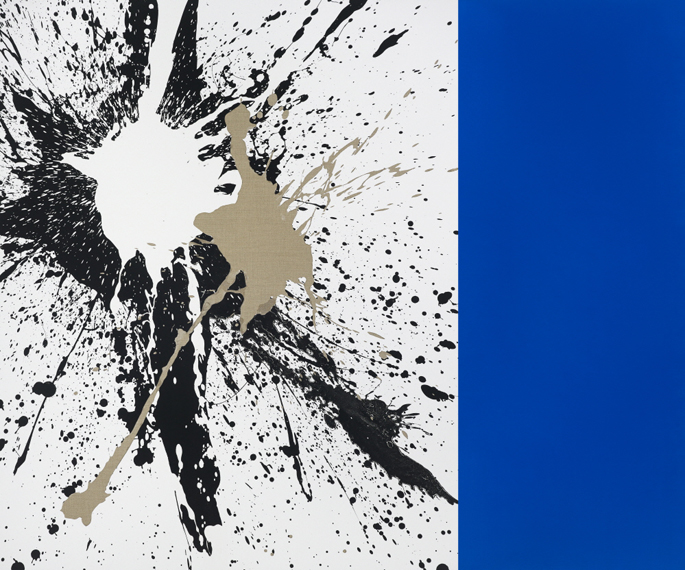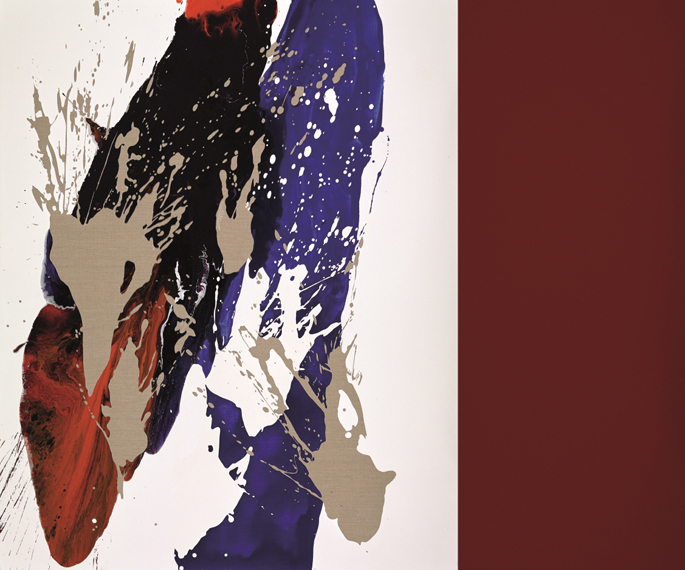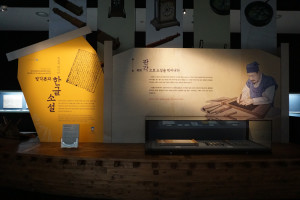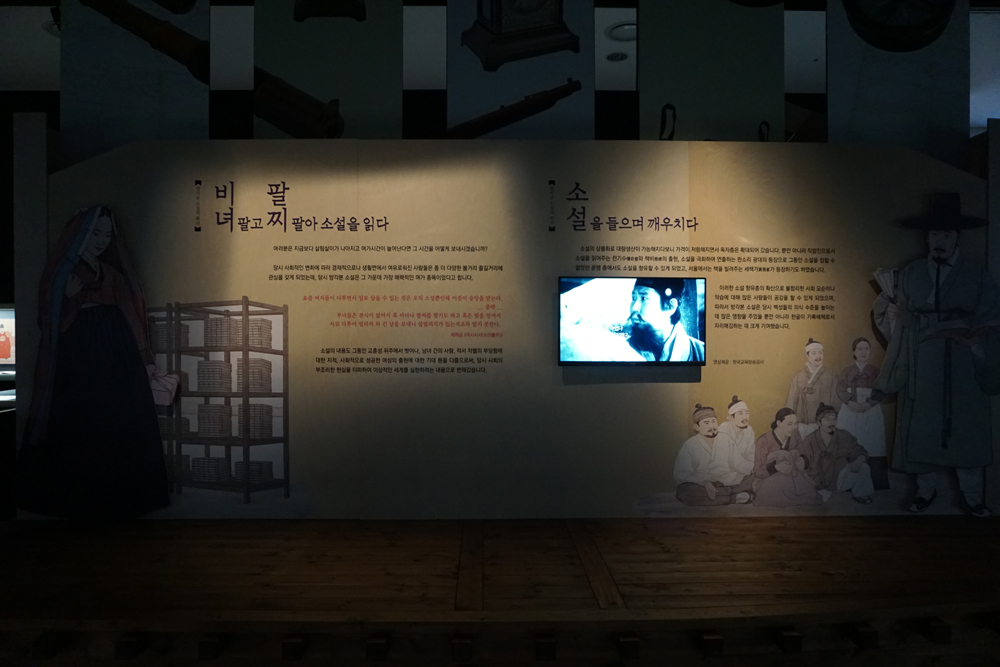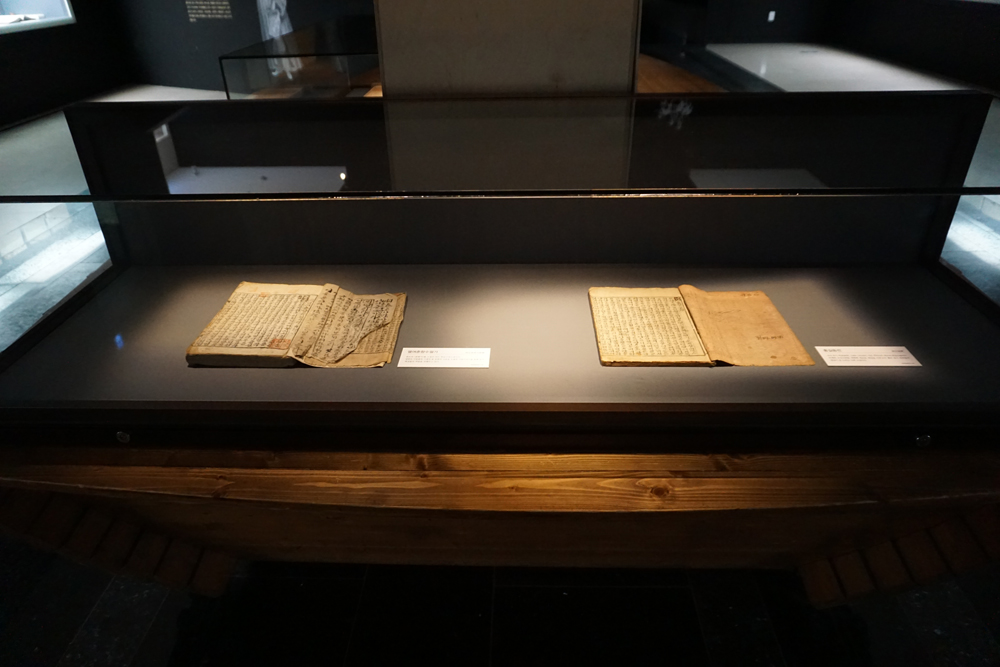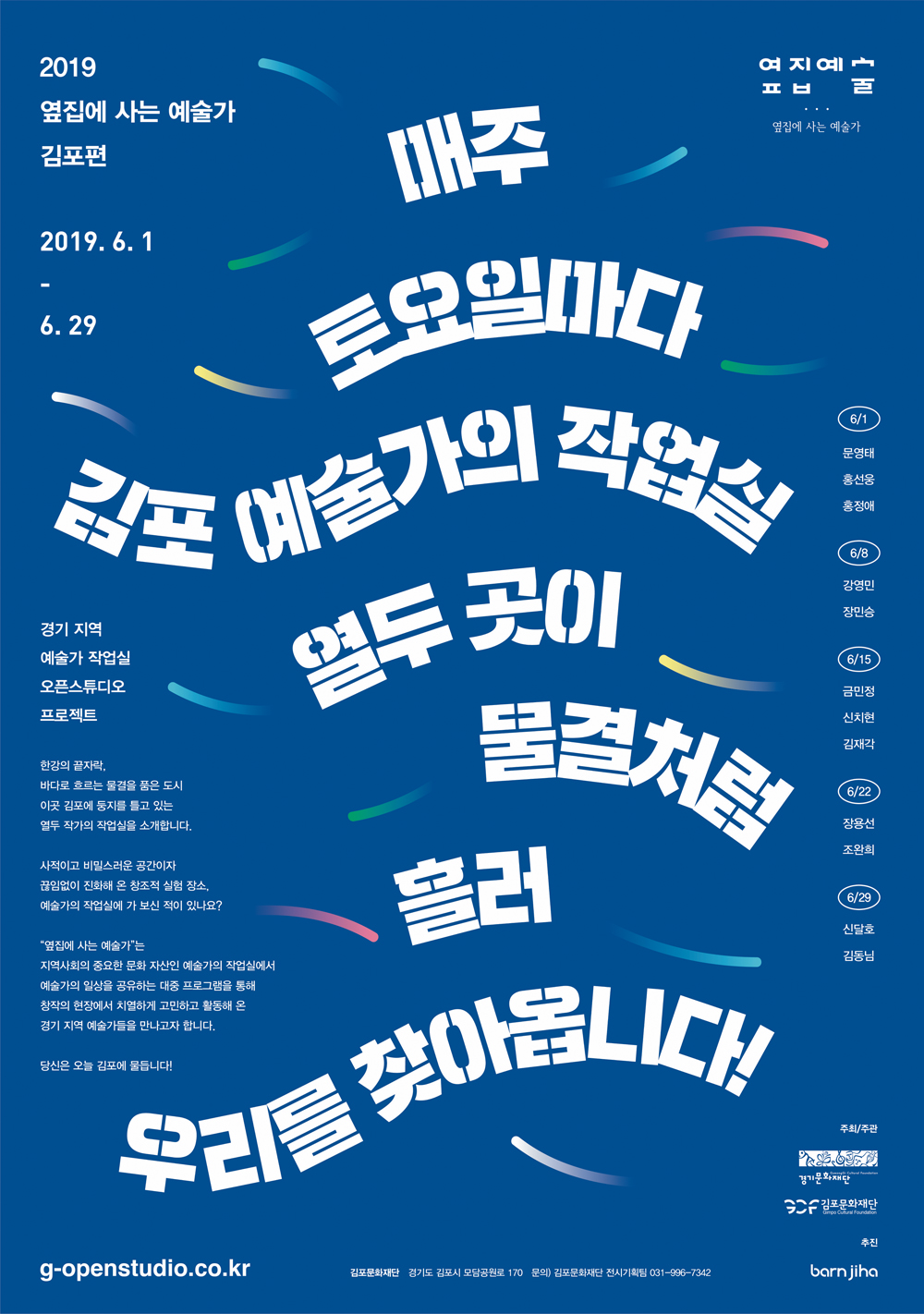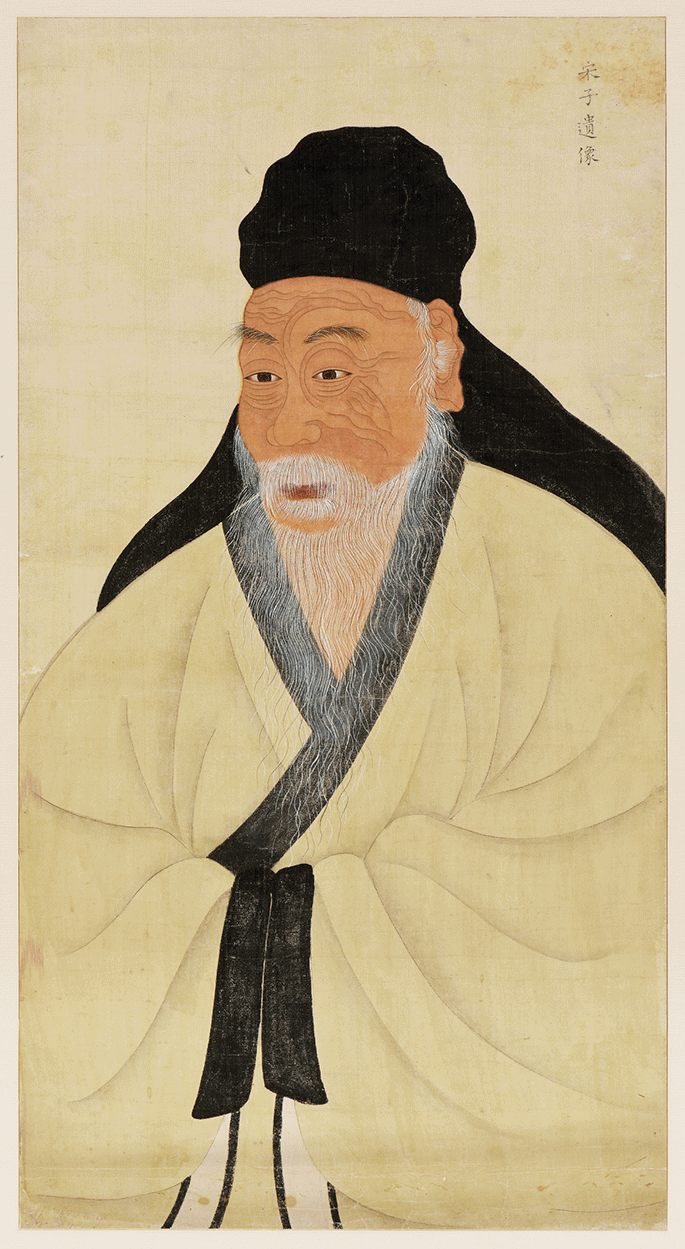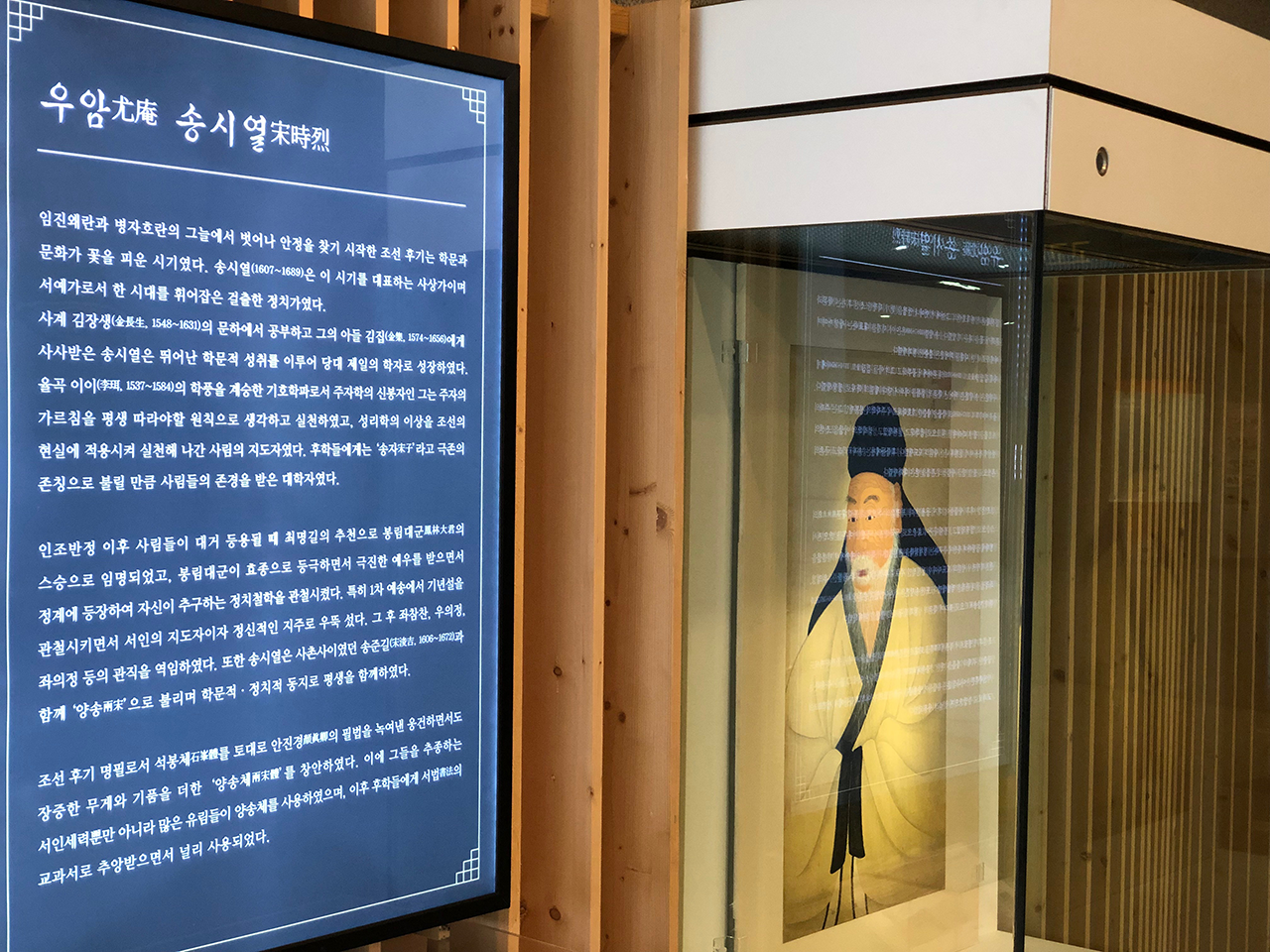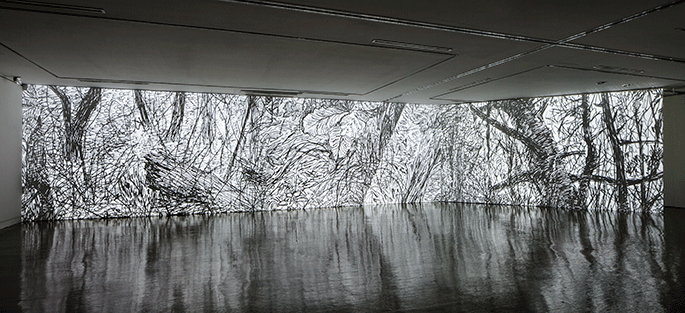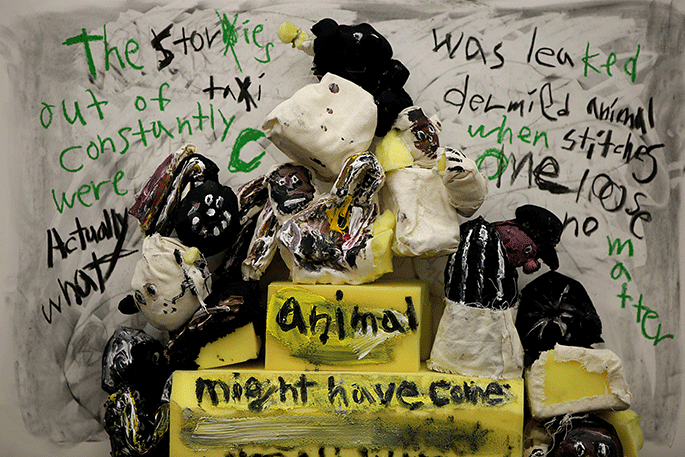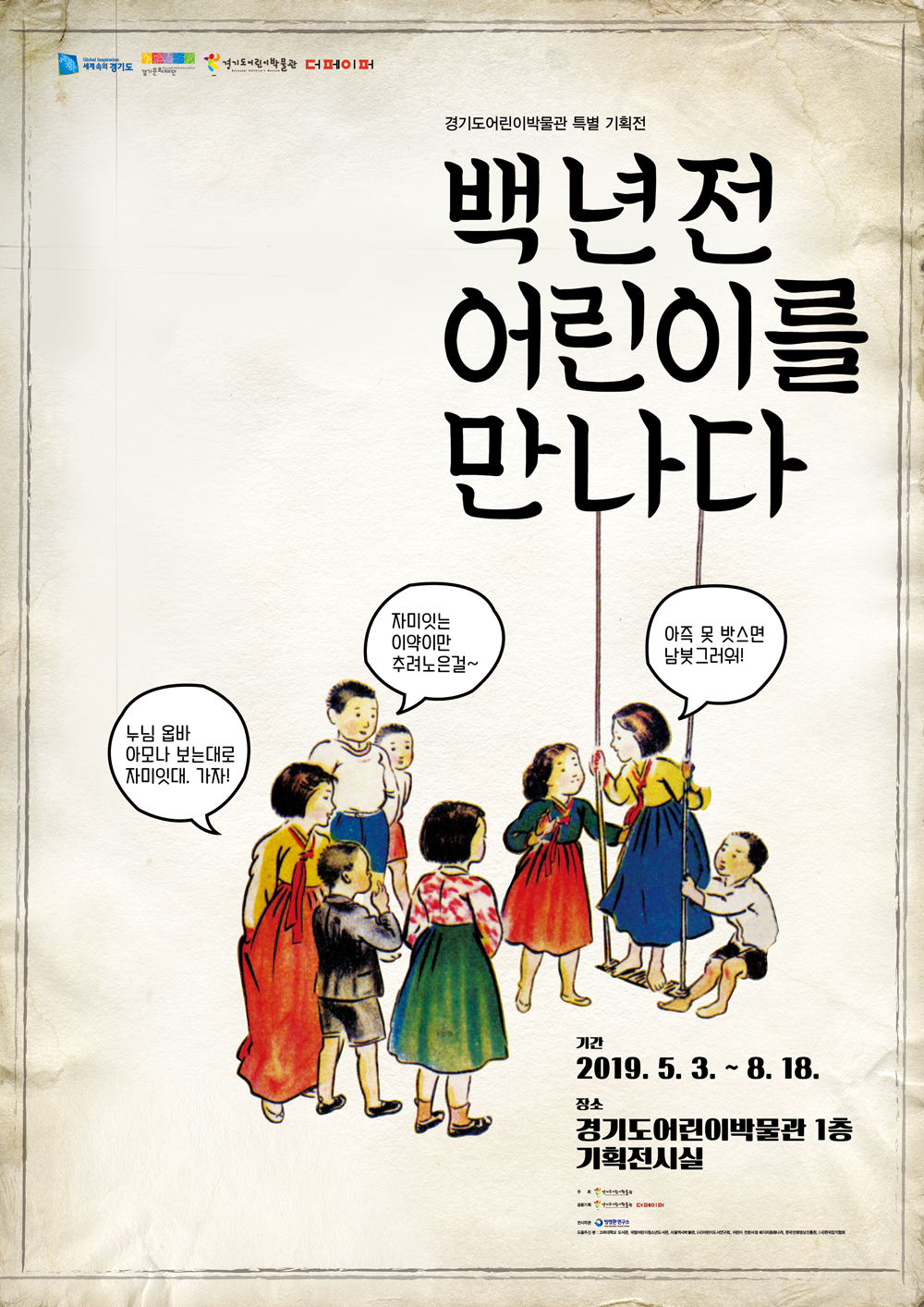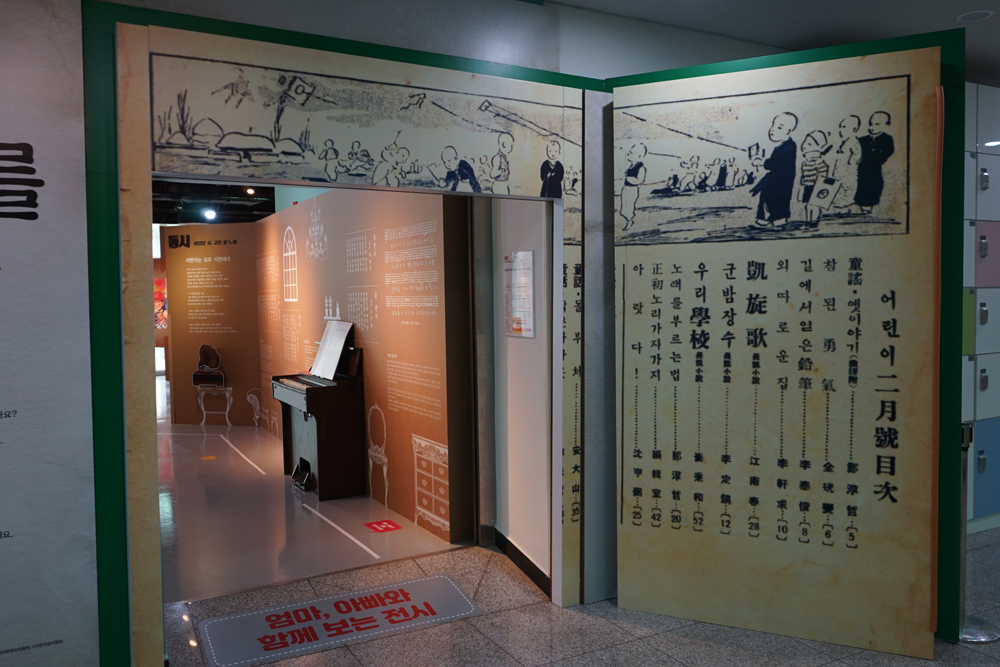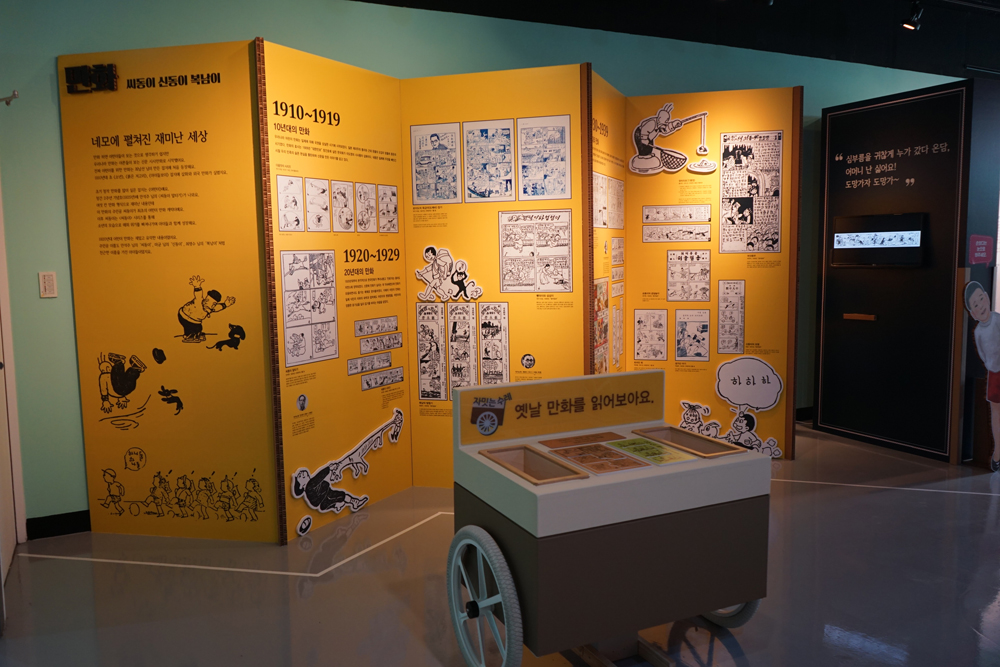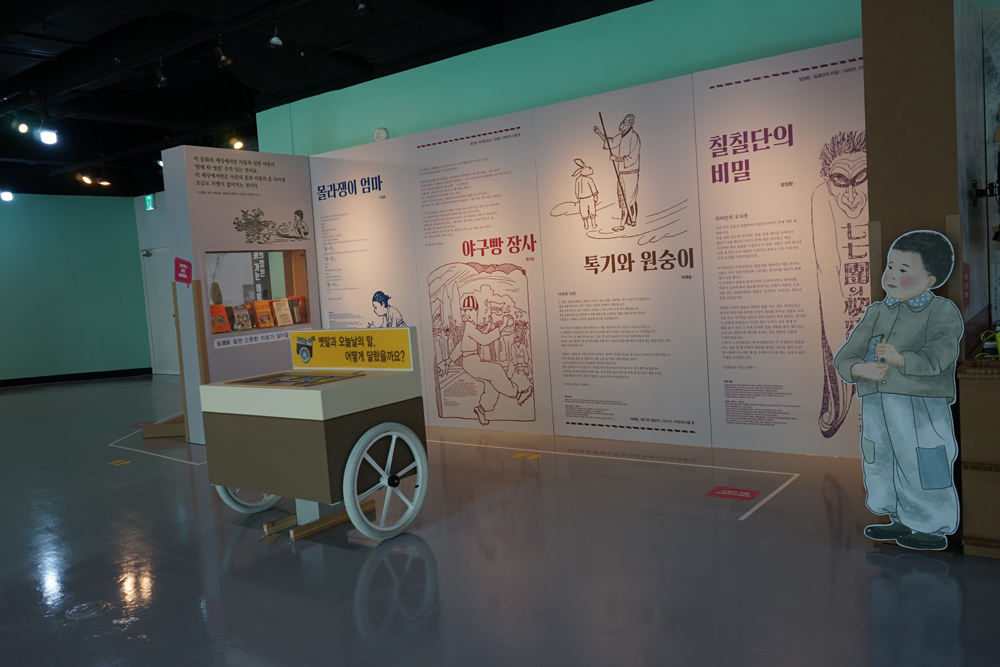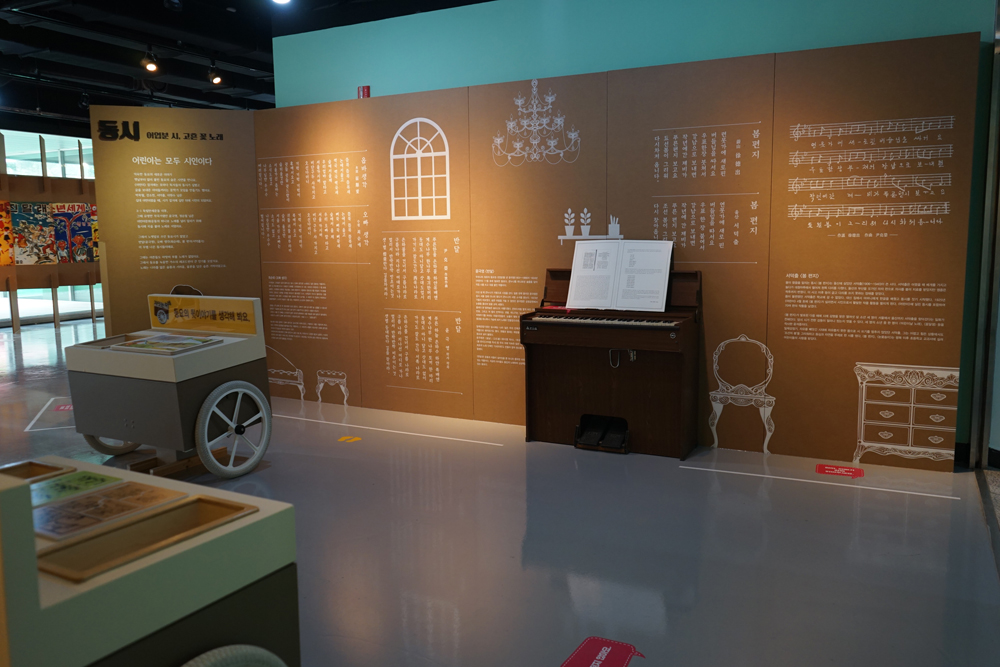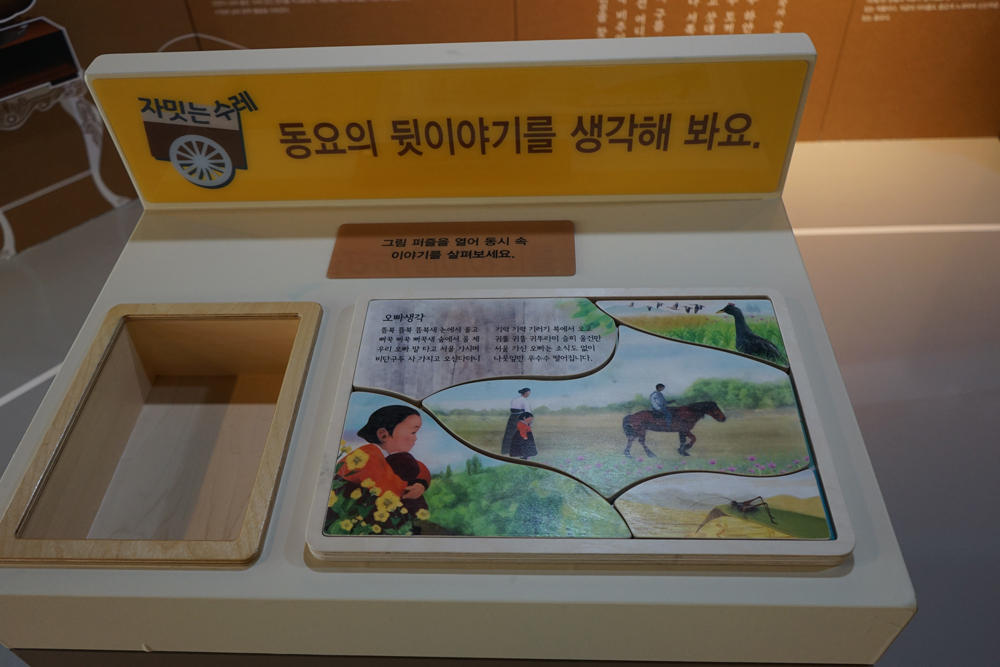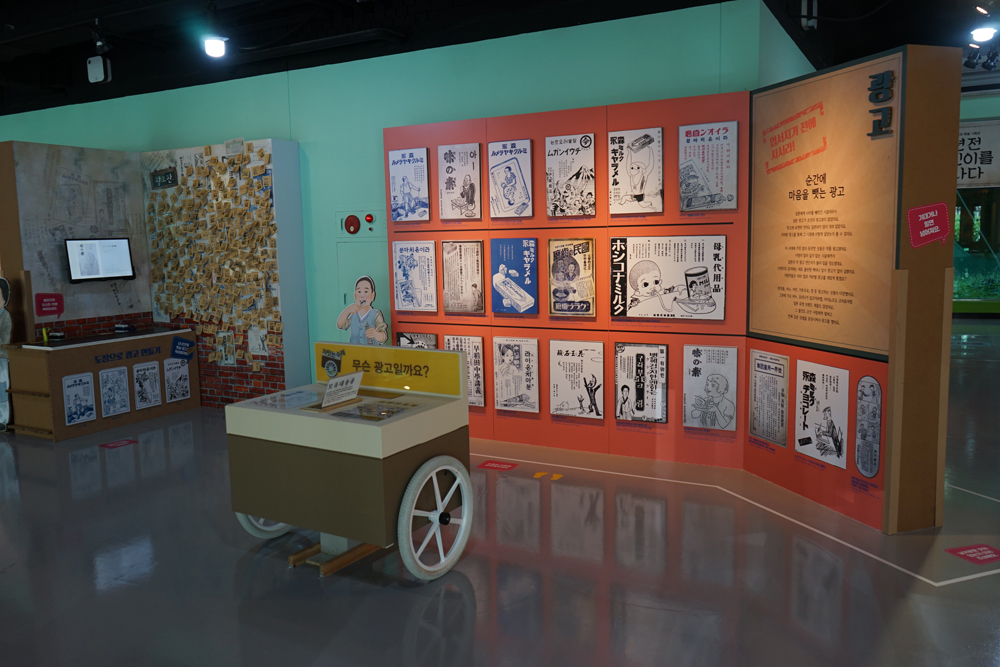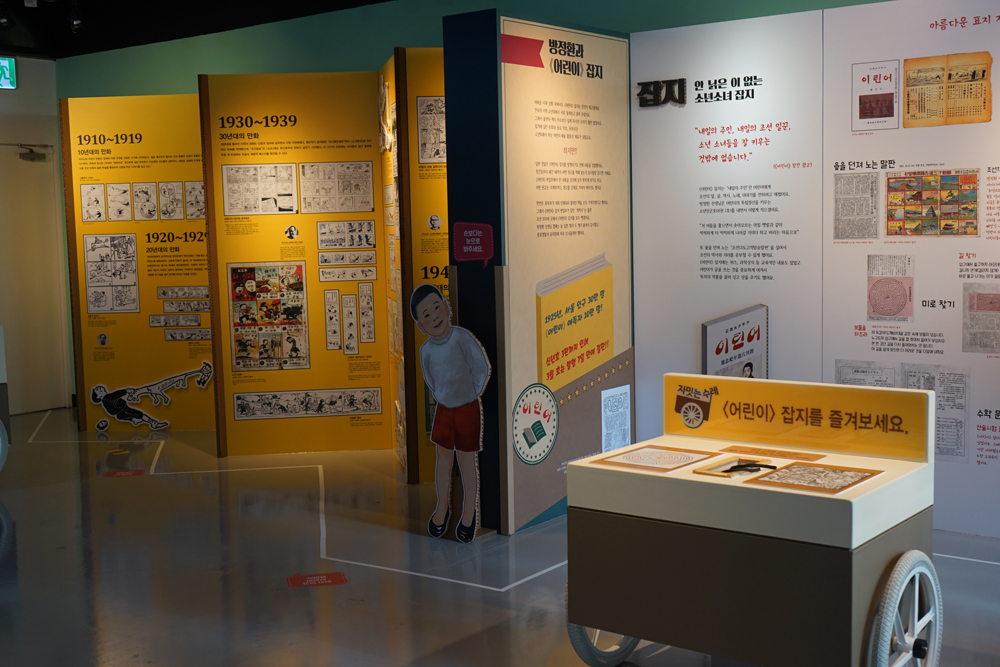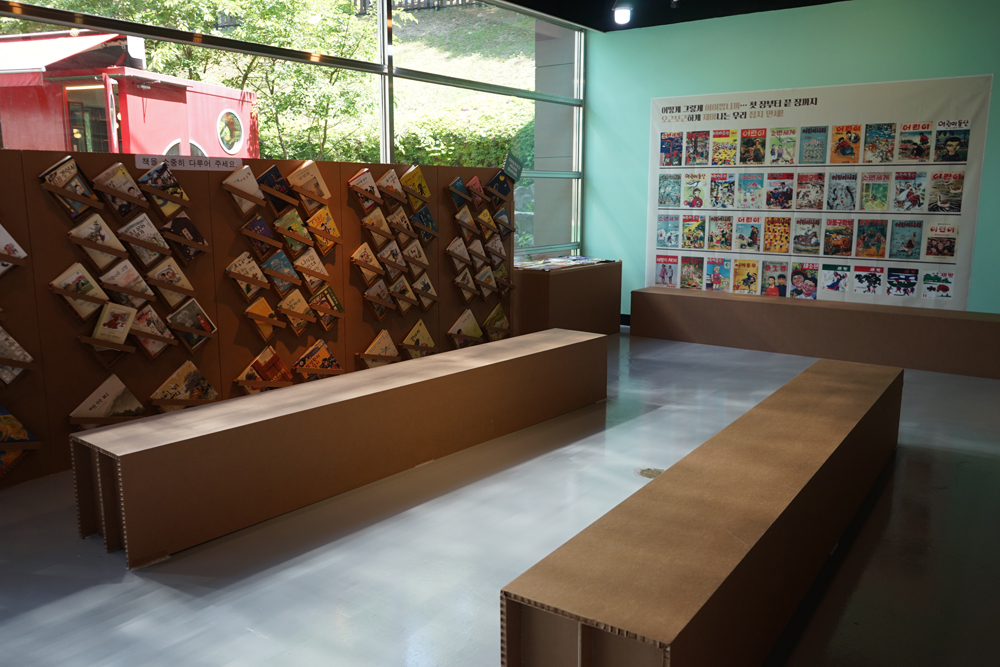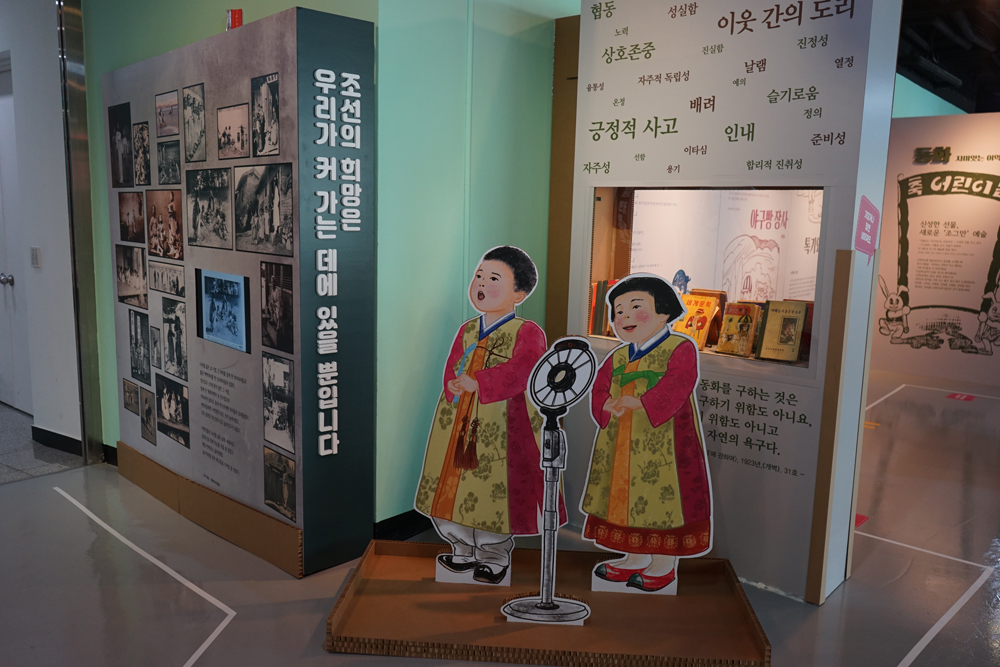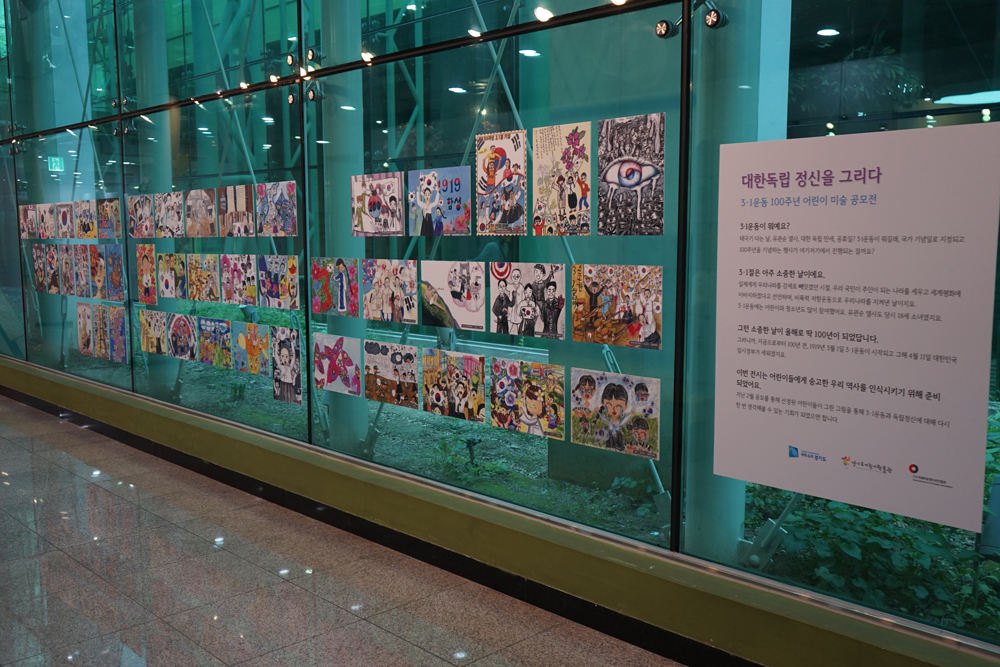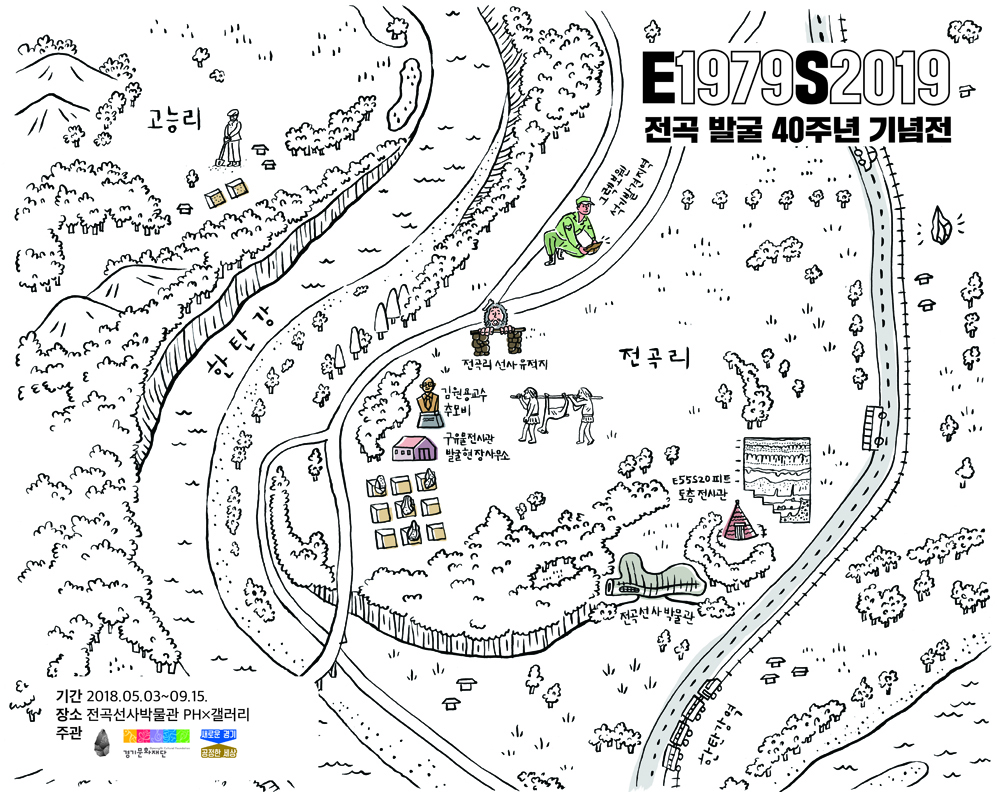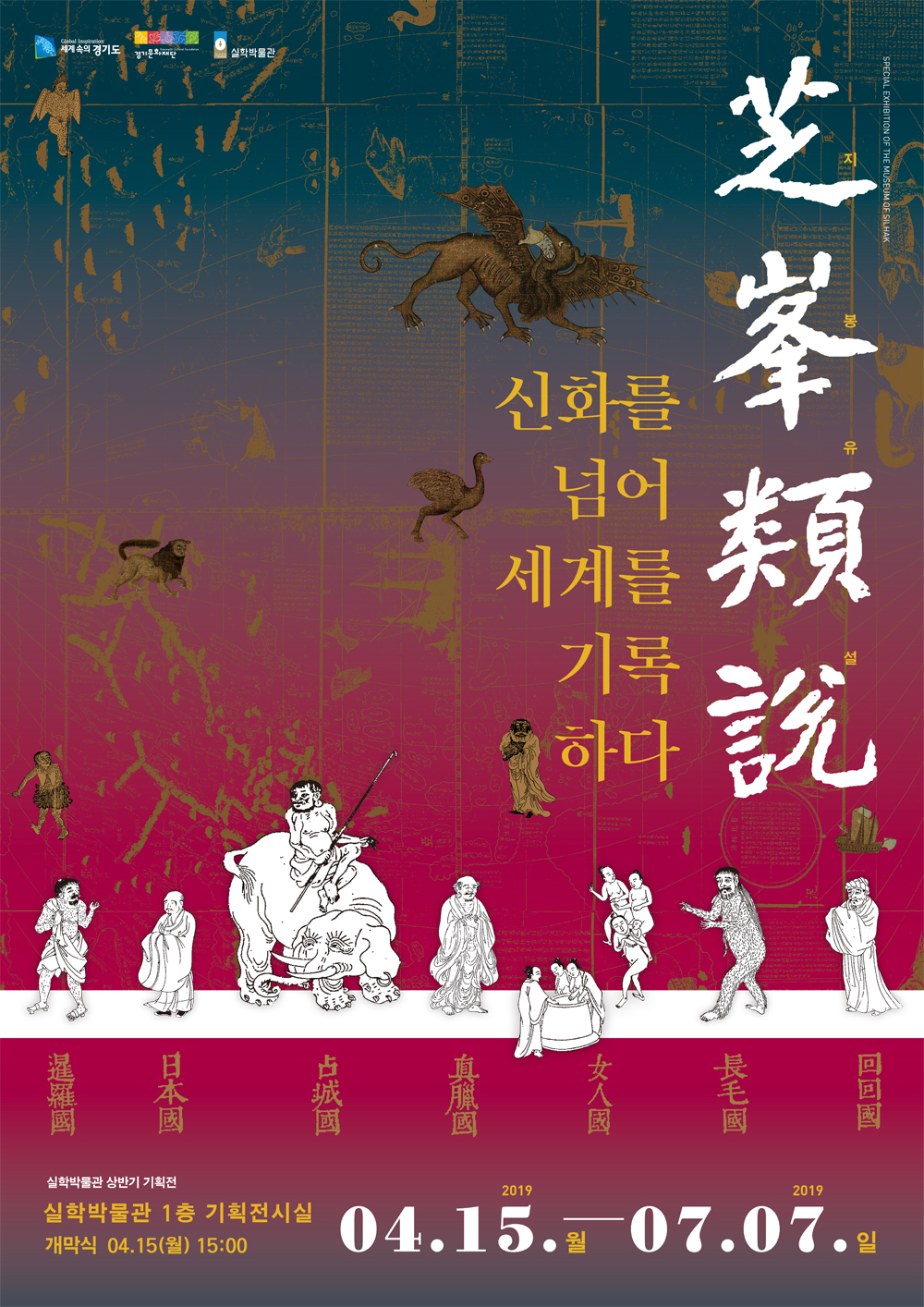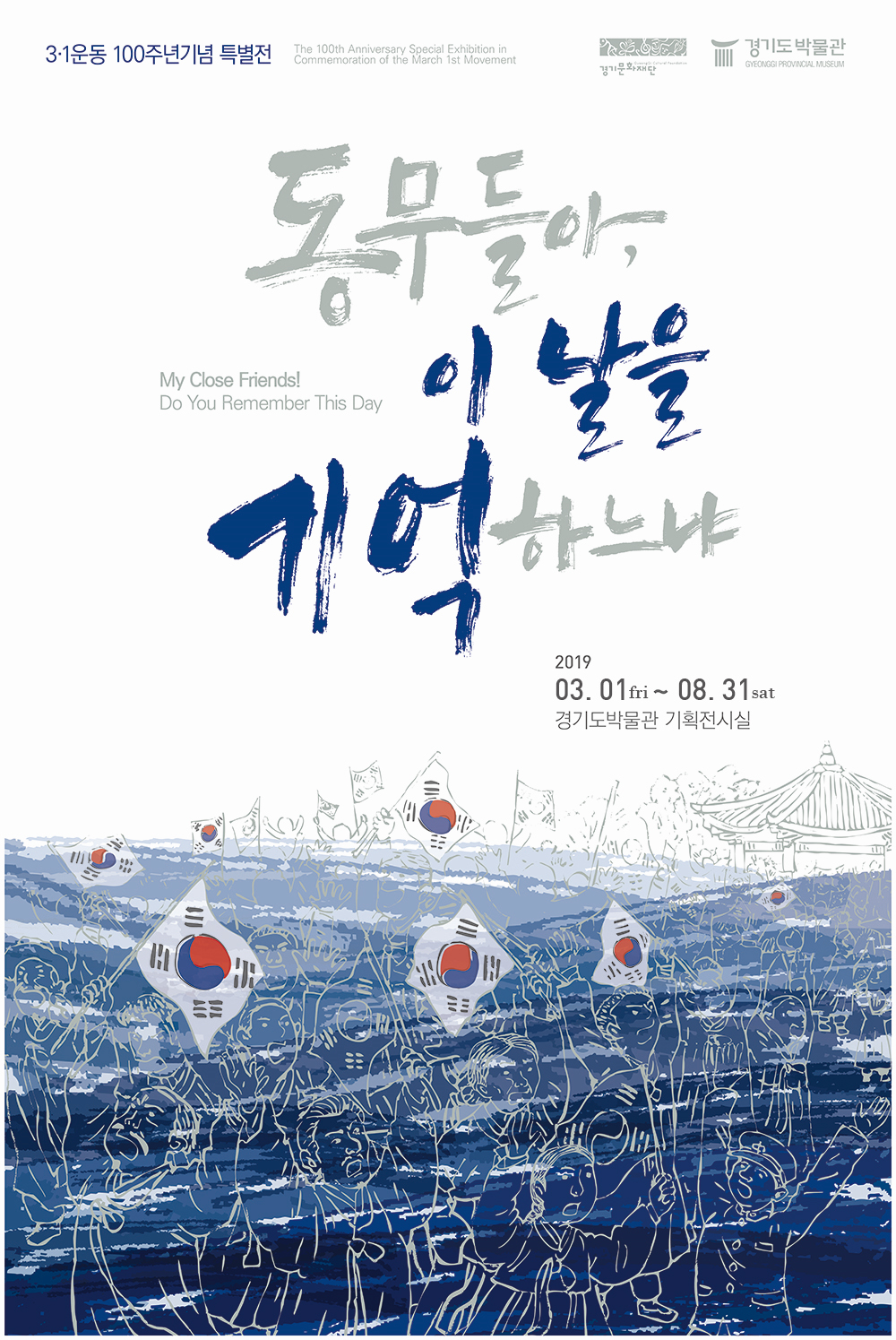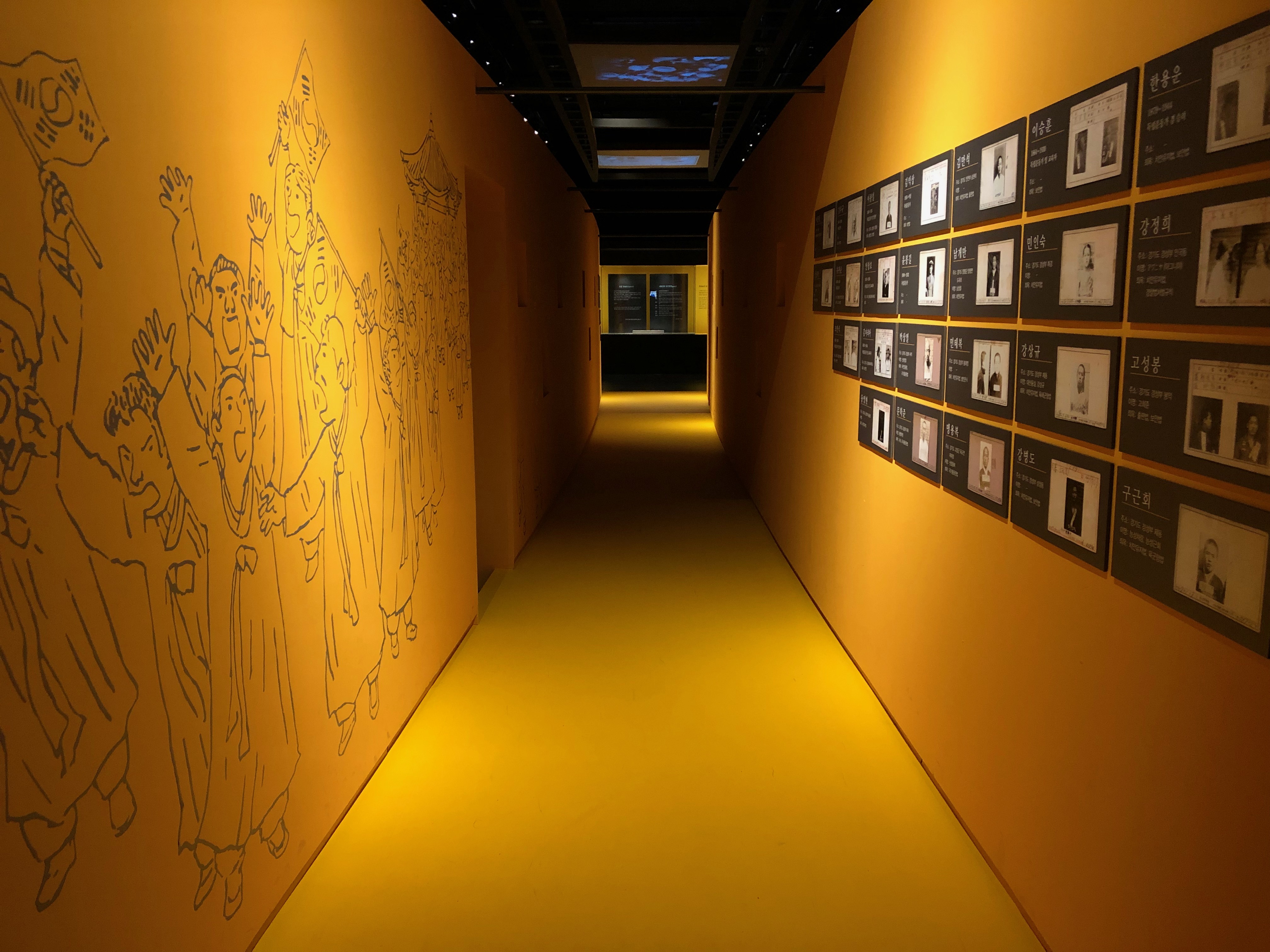Under the shared keyword, ‘Moving & Migration’, the exhibition is filled with stories planned and interpreted by Korean and Taiwanese curators. We hope the Gyeonggi Museum of Art shares meaningful questions as a public sphere that generates issues, and develops a sense that embraces differences between multiple layers in modem society through the special-themed exhibition.
*The exhibition title 《We All Leave Home》 originates from the title of a book written by Professor Kim Hyeon-mi, which contains stories of people who live as migrants in South Korea.
* The first round of exhibition will be held at Kaohsiung Museum of Fine Arts in Taiwan (2019.2.23. ~ 5.19.). Later, the second round of exhibition will be held at Gyeonggi Museum of Art with the title 《We All Leave Home》. Gyeonggi Museum of Art has nominated Taiwan as the country where the ‘2019 Asia Modern Art Project’ will take place. It is currently promoting various exchange programs with Taiwan. Taiwan has similar historical experiences as South Korea such as Japanese colonization, conflicts towards becoming a multi-cultural society and efforts of coexistence, dictatorship and democratization, and state-led industrialization, however, there is a relatively low understanding of the country among the Korean public.




